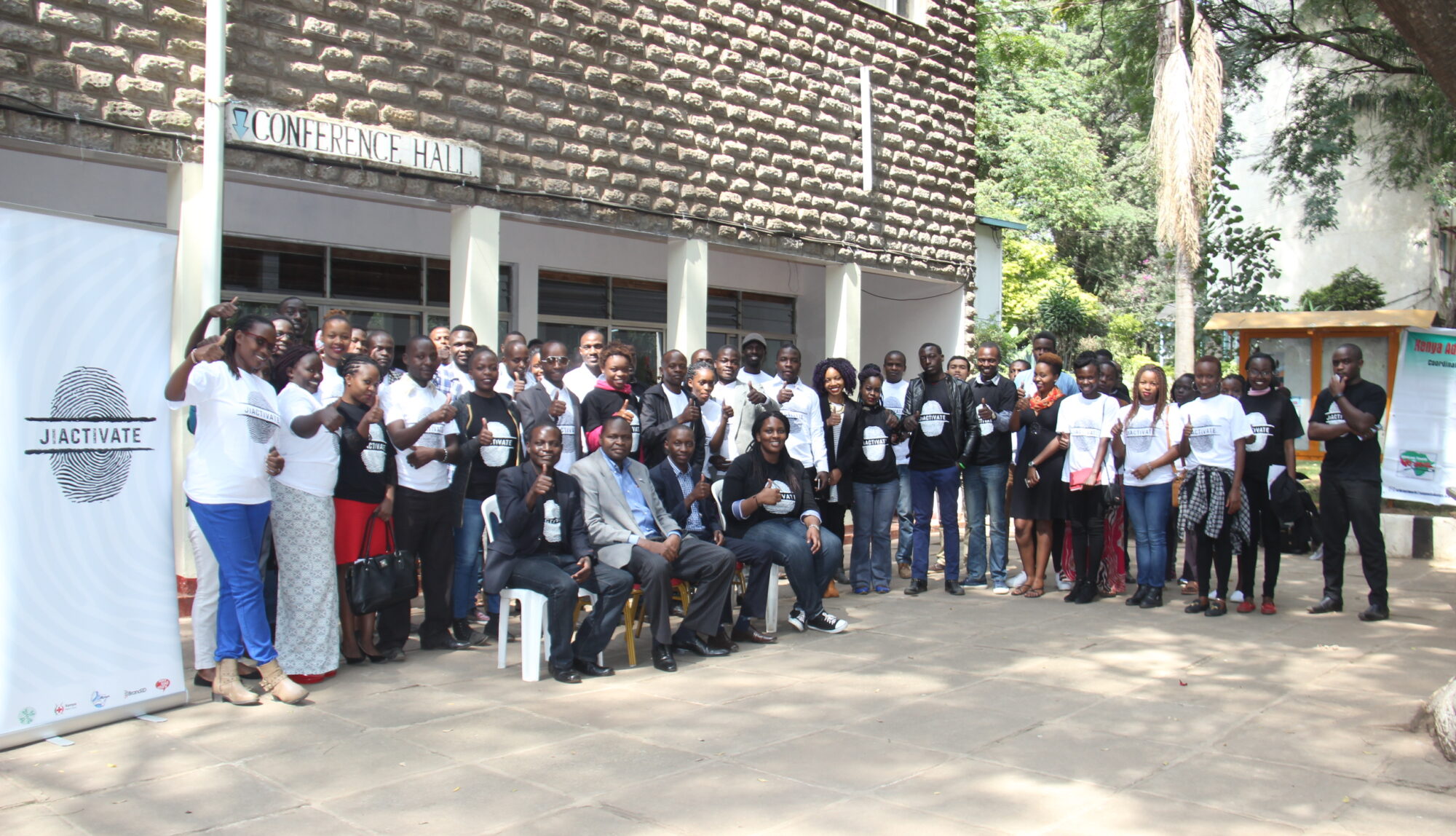Safe and supportive environment: Sports for Change.



Adolescence is a transitional phase of growth and development between childhood and adulthood. According to WHO, it is in this phase that adolescents experience rapid physical, cognitive and psychosocial growth. These changes affect how they feel, think, make decisions, and interact with the world around them. Adolescents, therefore, need support from people around them and an enabling environment for proper growth and for them to achieve their full potential.
To grow and develop in good health, adolescents need information, including age-appropriate comprehensive sexuality education, opportunities to develop life skills, health services that are friendly, acceptable, equitable, and effective, and a safe and supportive environment. A safe and supportive environment is one in which all adolescents feel socially, emotionally, and physically safe and valued. Supporting adolescents’ best possible physical, cognitive, social, and emotional development at that age lays a good foundation for their wellbeing and success in the future.
If adolescents experience environments in which they do not feel safe, secure, and included, they may develop patterns of bad behavior and negative coping mechanisms that increase the risk of mental health issues in adulthood. Growing up in unsupportive environments puts adolescents at risk of developing mental issues. Research has shown that mental health, in all stages of life, is an important part of human health and happiness and it can also affect the quality of life, physical health, and our personal or professional achievements. Providing a safe environment for adolescents will help them to develop a positive and secure self-concept, by fostering in them a sense of inclusion and belonging.
Sports and sports-related activities help in keeping adolescents safe from violence, bullying, harassment, and controlled-substance use. Sports clubs can be used as safe and supportive environments where adolescents can voice their thoughts and perspectives without fear of being judged or intimidated by older people, in addition to offering a platform for showcasing and nurturing talents. Organization of African Youth through the Adolescents Wellbeing Project saw sporting events as opportunities to allow adolescents to meaningfully participate in the design and delivery of interventions for their wellbeing. OAY Kenya held a ‘Sports for Change’ event to collect adolescents’ voices and their asks to the government. The event was held in Kisumu, Muhoroni Sub-county, which is known for its sugarcane growing which predisposes adolescents to SGBV. Due to the long distance between the homesteads, institutions, and facilities in the area, the safety of these adolescents attending school or visiting facilities cannot be assured.



Targeting out-of-school adolescents, the activity brought together all stakeholders; government officials working in different sectors in matters of youth and gender, CSOs dealing with adolescents, parents, and adolescents themselves, to provide adolescents the opportunity to freely express themselves while stakeholders listen and mentor them. We used football to create a safe environment in which adolescents may feel acknowledged, involved, listened to, supported, and empowered, as well as have a sense of belonging. Before the ball games, the officials had the opportunity to meet with the adolescents in small groups to listen to their voices and engage them on safe and supportive environment. At the end of the event, we awarded trophies and balls to the best teams and players.
Feeling recognized and valued, adolescents showed their delight and felt free to express themselves. Writing in placards and through interviews, adolescents conveyed the following concerns about their safety and their asks to the government by 2030:
- A safe house for SGBV victims,
- Youth-friendly service at facilities
- Parents and the government to listen to them
- The boy-child not to be left out but to be equally empowered as the girl child
- Free education as most of them drop out of school due to a lack of school fees
- Transportation to and from school
- Sanitary towels to be distributed at community centers and,
- Nurture and support their talents
During an interview session, government officials from various sectors working on youth and gender issues, as well as CSOs working with adolescents, agreed that different stakeholders in the lives of adolescents should indeed work together to ensure their well-being by providing a safe and supportive environment. They confirmed that sports and sports-related activities such as football, racing, dancing, poetry, and music are some of the safe spaces that can be used to empower adolescents, particularly those who are not in school, to reach their full potential. They highlighted that more of such events should be established as outlets to dissuade adolescents and youths at large from being idle, abusing drugs, or engaging in violence while providing them with a safe environment to grow, improve their talents, reach their full potential and ensure their well-being. Expanding such opportunities is key to responding to adolescents’ specific needs and rights.